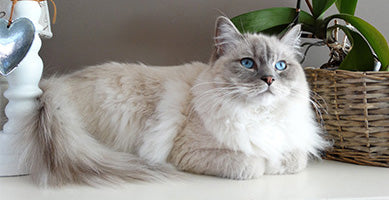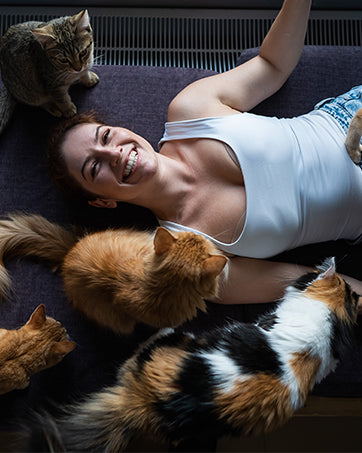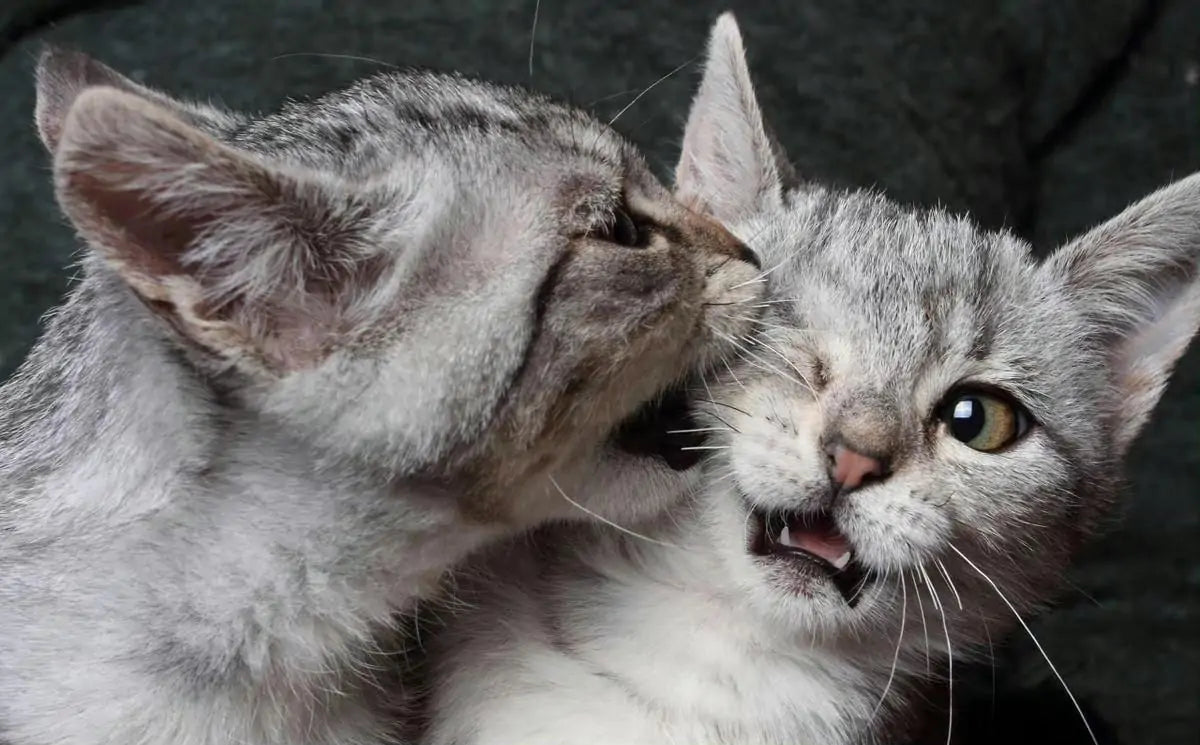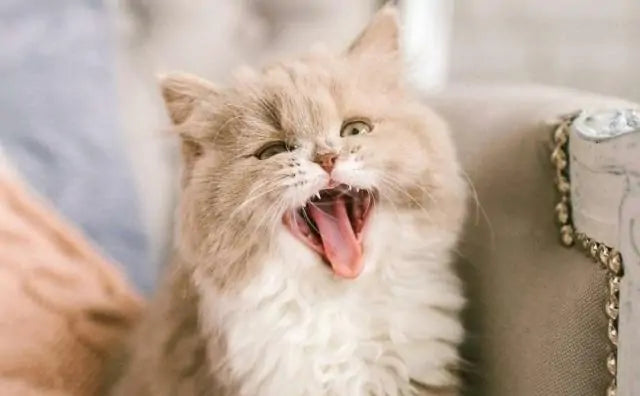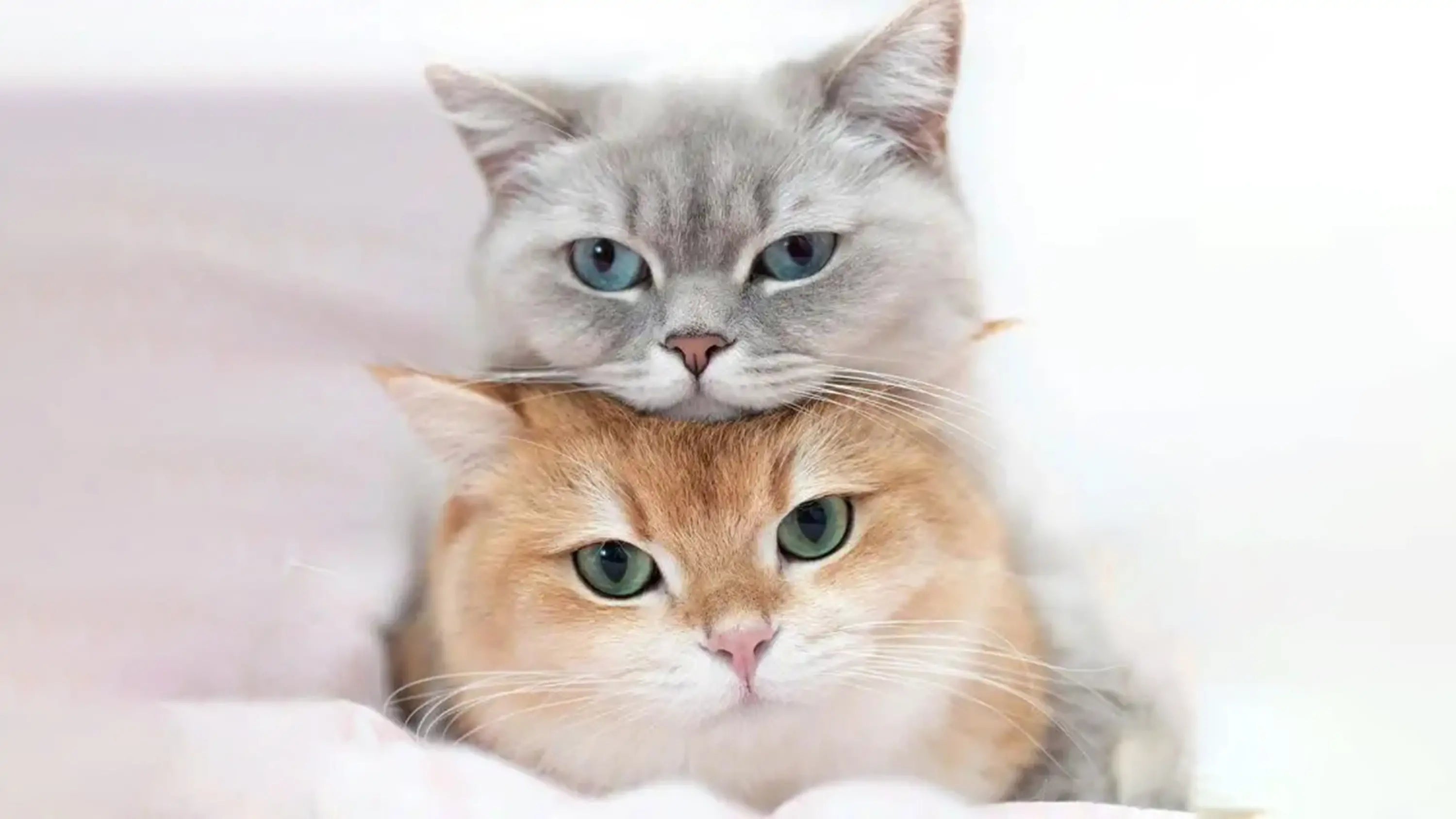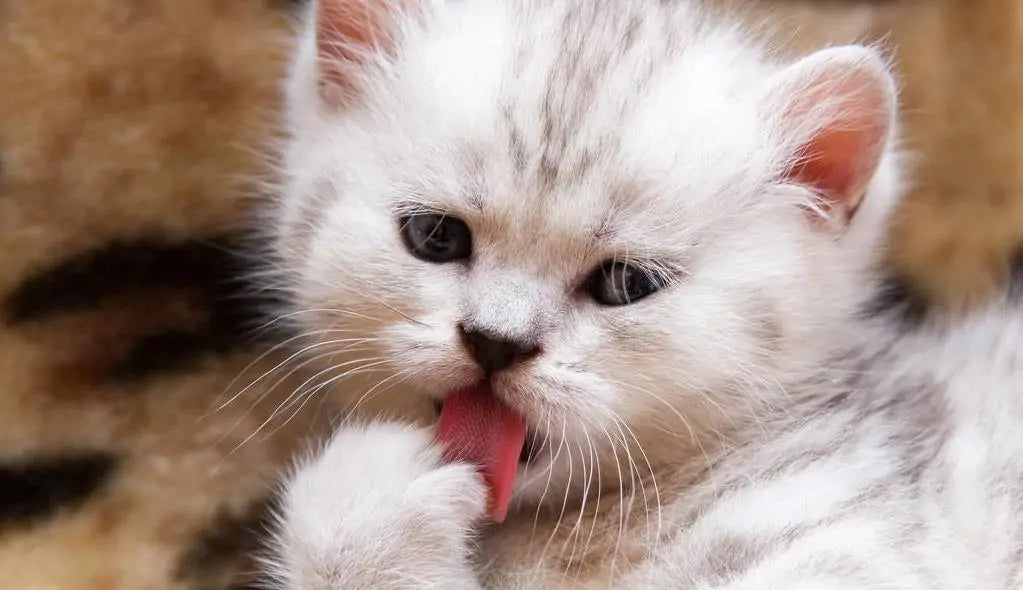
Jessica W. Kelvin
Mar. 15, 2024
VIVIDMOO self-cleaning cat litter box
When Does a Cat Stop Growing?
Introduction
Introduction
Cats, with their enigmatic personalities and captivating growth journeys, are beloved companions in many households worldwide. Understanding the growth phases of these feline friends is not just a matter of curiosity but a crucial aspect of responsible pet ownership. Recognizing the stages from kittenhood to full maturity helps in providing appropriate care, nutrition, and medical attention. This guide delves into the typical growth timeline of a cat, shedding light on when they stop growing and the factors influencing their development. Whether you're a seasoned cat owner or planning to welcome a new kitten into your home, this exploration will equip you with valuable insights to ensure your furry companion thrives.
Understanding Cat Growth Stages
Biological Reasons
Cats undergo several distinct growth stages, each marked by unique developmental milestones. The journey from a fragile newborn kitten to a robust adult cat is fascinating and comprises primarily three phases:
Kittenhood (0-6 months):
This initial stage is characterized by rapid growth. Kittens develop quickly, both physically and behaviorally, learning vital skills like socializing and hunting. By the end of this phase, most kittens reach approximately 75% of their adult size.
Adolescence (6-12 months):
During this period, cats continue to grow but at a slower pace. It's also a time of significant hormonal changes, especially if the cat is not spayed or neutered, affecting behavior.
Adulthood (1-3 years):
Growth significantly slows down as cats transition into adulthood. The exact time when a cat reaches its full size can vary widely depending on the breed. For example, larger breeds like Maine Coons may continue to grow until they are 4 or even 5 years old, while smaller breeds often reach their full size by the age of 2.
Factors Influencing Growth
The rate and extent of a cat's growth can be significantly influenced by several factors, ranging from genetics to its environment. Understanding these can help cat owners better cater to their pets' needs.
Genetics and Breed:
Just as in humans, genetics play a pivotal role in determining a cat's size, shape, and overall health. Certain breeds are predisposed to be larger or smaller. For instance, the Maine Coon, one of the largest domesticated cat breeds, can continue growing until they are about 4 years old, whereas a Siamese cat might reach its full size much earlier.
Nutrition and Diet:
Proper nutrition is crucial during the growth phases. Kittens require a diet rich in proteins and calories to support their rapid development. The quality and quantity of food, tailored to each growth stage, can significantly affect their physical development.
Health and Medical Care:
Regular veterinary check-ups and timely vaccinations are vital for a kitten's development. Parasitic infections, diseases, or untreated health issues can impede growth and lead to long-term health problems.
Recognizing When Growth Stops
Identifying when a cat has stopped growing can be subtle, but there are indicators:
Age: Most cats reach their full physical size by the age of one to two years. However, some breeds, especially larger ones, may continue to grow up to three or even five years of age.
Physical Maturity Signs:
A cat is likely at its full size when its proportions become more defined, and it loses its kitten-like appearance. This includes a more muscular physique, fuller cheeks in males, and a stabilization of weight and size over several months.
Breed-Specific Milestones:
Familiarize yourself with your cat's breed-specific growth milestones. For example, Persian cats tend to fill out and reach their final adult size a bit later than more slender breeds like the Oriental Shorthair.
Caring for a Cat Post-Growth
Once a cat has reached its full size, its care needs adjust slightly:
Diet and Nutrition:
Transition to an adult cat diet that supports a healthy weight and provides balanced nutrition. Overfeeding can lead to obesity, especially in less active adult cats.
Regular Vet Check-ups:
Continued regular vet visits are important for maintaining health, catching any potential issues early, and discussing weight management or dietary needs.
Exercise and Mental Stimulation:
Keep your cat active and engaged. Playtime isn't just for kittens; adult cats also need regular physical activity and mental stimulation to stay healthy and happy.
Conclusion
Understanding when your cat stops growing is a key aspect of ensuring they lead a healthy, fulfilled life. By recognizing the stages of growth and adapting to their evolving needs, you can provide the care and love your feline companion deserves throughout their life.
When Love Bites: The Mixed Signals of Cat Licking
Overstimulation
Cats can sometimes go from licking to biting during a petting session, a behavior known as pet-induced aggression. This can happen if the cat becomes overstimulated or uncomfortable with the intensity or duration of the interaction.
Predatory Instincts
Occasionally, licking and gentle biting can also be linked to a cat's predatory instincts. These actions can be playful attempts at hunting practice, demonstrating trust and comfort in your presence.
Health Implications of Excessive Licking
Stress and Anxiety
Excessive licking, either of themselves or their human companions, can indicate stress or anxiety. It's essential to observe your cat's overall behavior and environment to identify and alleviate any potential stressors.
Underlying Health Issues
Persistent licking behavior can also signal underlying health issues. If your cat's licking seems obsessive or is accompanied by other symptoms, consulting a veterinarian is crucial to rule out any medical concerns.
Responding to Your Cat’s Licks
Positive Reinforcement
Encouraging your cat when it licks you in a gentle, affectionate manner can strengthen your bond. However, it's important to avoid reinforcing unwanted behavior, such as biting or excessive licking.
Setting Boundaries
If your cat's licking becomes too intense or uncomfortable, gently redirecting their attention to a toy or offering a different form of interaction can help set healthy boundaries.
Why Does My Cat Lick Me?
Navigating the complexities of feline affection through licking reveals a depth of emotional intelligence and social behavior in our feline friends. Understanding these gestures of love enhances the bond between cats and their human companions, fostering a shared language of affection and care.
Expert Insights on Feline Licking
Managing and Modifying Licking Behavior
Behavioral Training
Introducing behavioral training and environmental enrichment can significantly impact managing and modifying your cat's licking behavior. These strategies not only address the behavior but also enhance your cat's overall quality of life.
Environmental Enrichment
Providing your cat with a stimulating environment, including toys, scratching posts, and interactive play, can redirect excessive licking behavior into more appropriate outlets.
The Sweetness of Cat Licks
Understanding the nuances behind why your cat licks you opens a window into the complex world of feline affection and communication. Whether it's a sign of love, a call for attention, or a comforting habit, these licks are a unique aspect of the profound bond shared between cats and their human companions. By embracing and appropriately responding to your cat's licking behavior, you foster a deeper , more understanding relationship with your furry friend.



